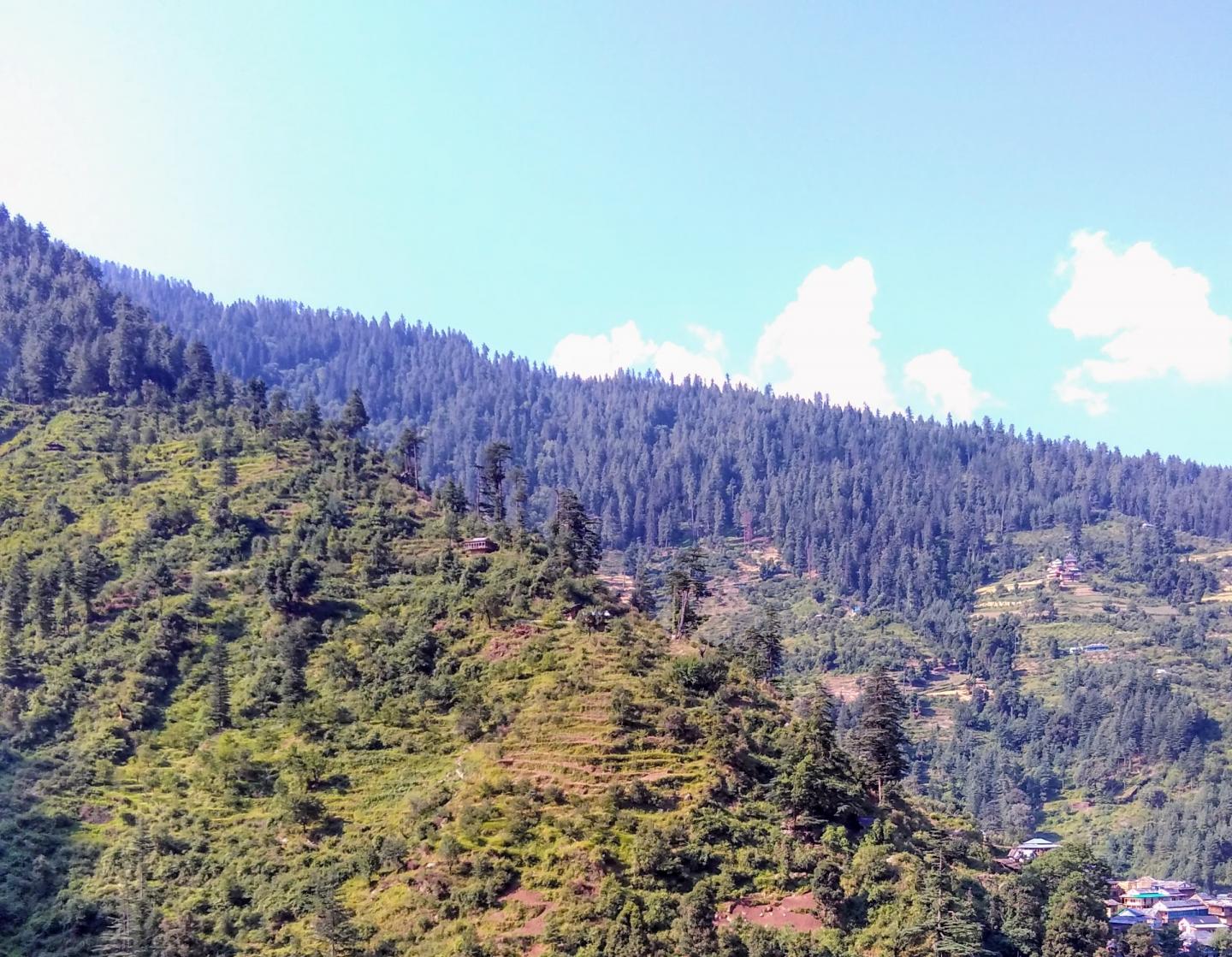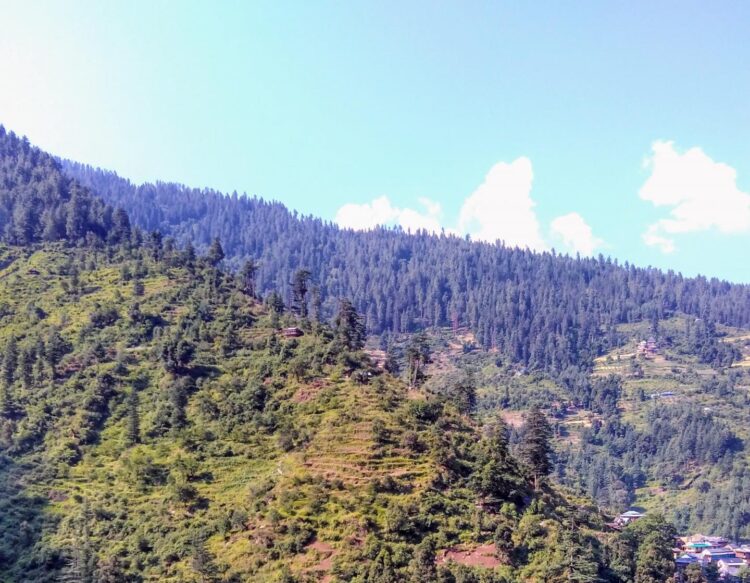Upslope movements may push species away from human pressure, which could reduce extinction risk for many mountain-dwelling species

Credit: (Photo credit: Paul R. Elsen WCS).
New York, NY (April 24, 2020) – A new WCS-led study reveals that mountain-dwelling species fleeing warming temperatures by retreating to higher elevations may find refuge from reduced human pressure.
A new study published in Nature Communications by scientists at WCS, the University of California, Berkeley, and the United States Forest Service shows that nearly 60 percent of all mountainous area is under intense human pressure. Most of the pressure is at low elevations and mountain bases, which tend to be easier places for people to live, grow food, and build roads. The scientists then used climate models to make predictions about how species would move under climate change. Based on their predictions, they found that species tend to move to higher elevations, and that these higher elevations tend to have more intact land for species because there is less human pressure.
Without factoring in human pressure, the authors warn that conservation actions may be misguided. Factoring in human pressure reveals the true ‘shape’ of a mountain for species that are restricted to intact landscapes, which are often the species of greatest conservation concern. Here, the ‘true shape’ refers to how much land area is potentially available as habitat for a species as it moves up in elevation, not simply how much total land area is available. The true shape can reveal where species will tend to lose versus gain intact land area as they shift under climate change: the elevations where species are expected to lose area represent the priority zones for conservation.
Mountains are home to over 85 percent of the world’s amphibians, birds, and mammals, making them global conservation priorities. But mountain-dwelling species are at risk from human activities, such as agriculture, livestock grazing, and development that reduce their habitat, and climate change that threatens to push species upslope as they struggle to find tolerable temperatures.
“Species are adapted to certain temperature conditions. As temperatures warm in mountains, scientists have documented species moving to higher elevations to maintain the same temperatures,” said Paul Elsen, a WCS Climate Adaptation Scientist and lead author of the study. “This was always seen as a problem, because species would have less land area and less habitat to occupy at high elevations. But what we found is that as species move upslope, they tend to move away from areas that are already under intense human pressure and into areas with reduced human pressure. As a result, they can occupy more intact land area, even if the total amount of land area declines.”
The authors combined several global databases to make their assessments: high-resolution digital elevation models gave a picture about how much surface area is available at different elevations. The Human Footprint Index provided information on pressure from human activities. Global climate models projected how temperatures are likely to change by the late 21st century.
The authors then used computer simulations to place hundreds of thousands of hypothetical ‘species’ across all mountain ranges at different elevations and then predicted how they would shift their ranges based on climate projections. For each simulation, they compared the amount of area the species had to begin with to the amount they would have after the range shift under climate change.
Said Elsen: “We were surprised to find that many species had more intact land area available after the range shift compared to when they started.”
The results suggest that many species in mountain ranges may have more intact land area available in the future if they track warming temperatures to higher slopes, though there were exceptions.
“Our results offer a glimmer of hope for montane species under climate change,” Elsen said. “Montane species are still facing tremendous human pressure, especially at low elevations, but we have the opportunity now to protect intact habitats at higher elevations to give these species the best possible chance going forward.”
###
The study, titled “Topography and human pressure in mountain ranges alter expected species responses to climate change,” was supported by the David H. Smith Conservation Research Fellowship, funded by the Cedar Tree Foundation. The authors include Paul Elsen (Wildlife Conservation Society), William Monahan (US Forest Service), and Adina Merenlender (UC Berkeley).
WCS (Wildlife Conservation Society)
MISSION: WCS saves wildlife and wild places worldwide through science, conservation action, education, and inspiring people to value nature. To achieve our mission, WCS, based at the Bronx Zoo, harnesses the power of its Global Conservation Program in nearly 60 nations and in all the world’s oceans and its five wildlife parks in New York City, visited by 4 million people annually. WCS combines its expertise in the field, zoos, and aquarium to achieve its conservation mission. Visit: newsroom.wcs.org Follow: @WCSNewsroom. For more information: 347-840-1242.
Media Contact
Stephen Sautner
[email protected]
Original Source
https:/
Related Journal Article
http://dx.





